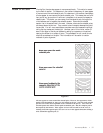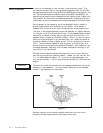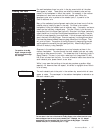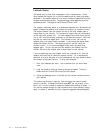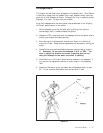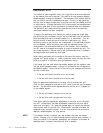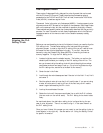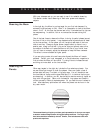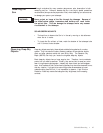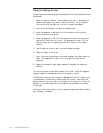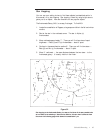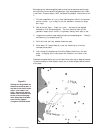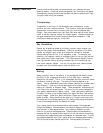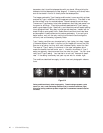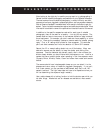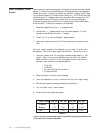
Celestial Observing • 41
Observing Deep-Sky
Objects
Although overlooked by many amateur astronomers, solar observation is both
rewarding and fun. However, because the Sun is so bright, special precautions
must be taken (always use the proper solar filter) when observing our star so as not
to damage your eyes or your telescope.
WARNING: Never project an image of the Sun through the telescope. Because of
the folded optical design, tremendous heat build-up will result inside
the optical tube. This can damage the telescope and/or any accesso-
ries attached to the telescope.
SOLAR OBSERVING HINTS
• The best time to observe the Sun is in the early morning or late afternoon
when the air is cooler.
• To locate the Sun without a finder, watch the shadow of the telescope tube
until it forms a circular shadow.
Deep-sky objects are simply those objects outside the boundaries of our solar
system. They include star clusters, planetary nebulae, diffuse nebulae, double
stars, and other galaxies outside our own Milky Way. The Celestron Sky
Maps (#93722) can help you locate the brightest deep-sky objects.
Most deep-sky objects have a large angular size. Therefore, low-to-moderate
power is all you need to see them. Visually, they are too faint to reveal any color
seen in long exposure photographs. Instead, they have a black and white appear-
ance. And, because of their low surface brightness, they should be observed from a
dark sky location. Light pollution around large urban areas washes out most
nebulae making them difficult, if not impossible, to observe. Light Pollution
Reduction filters help reduce the background sky brightness, thus increasing
contrast.
Observing the
Sun



